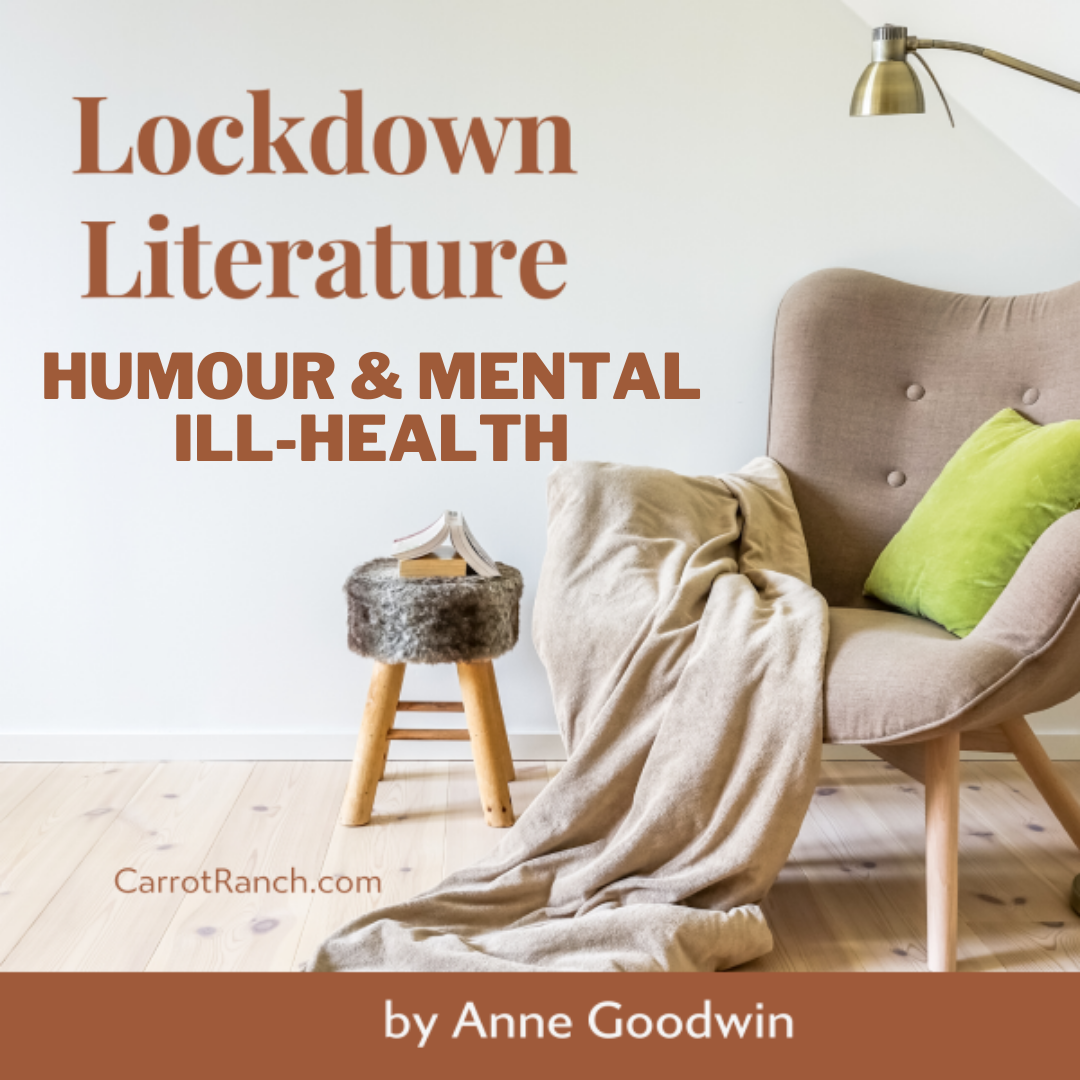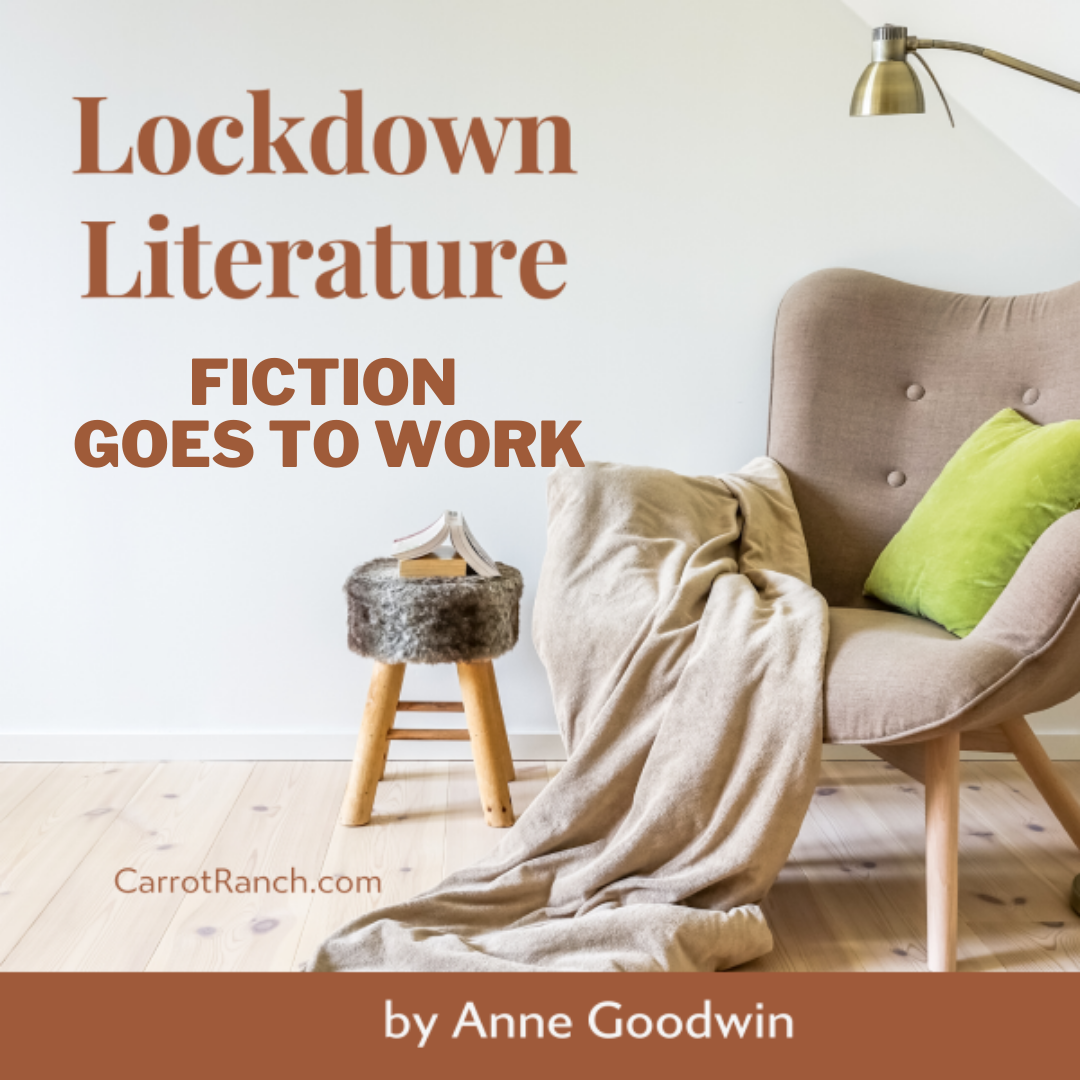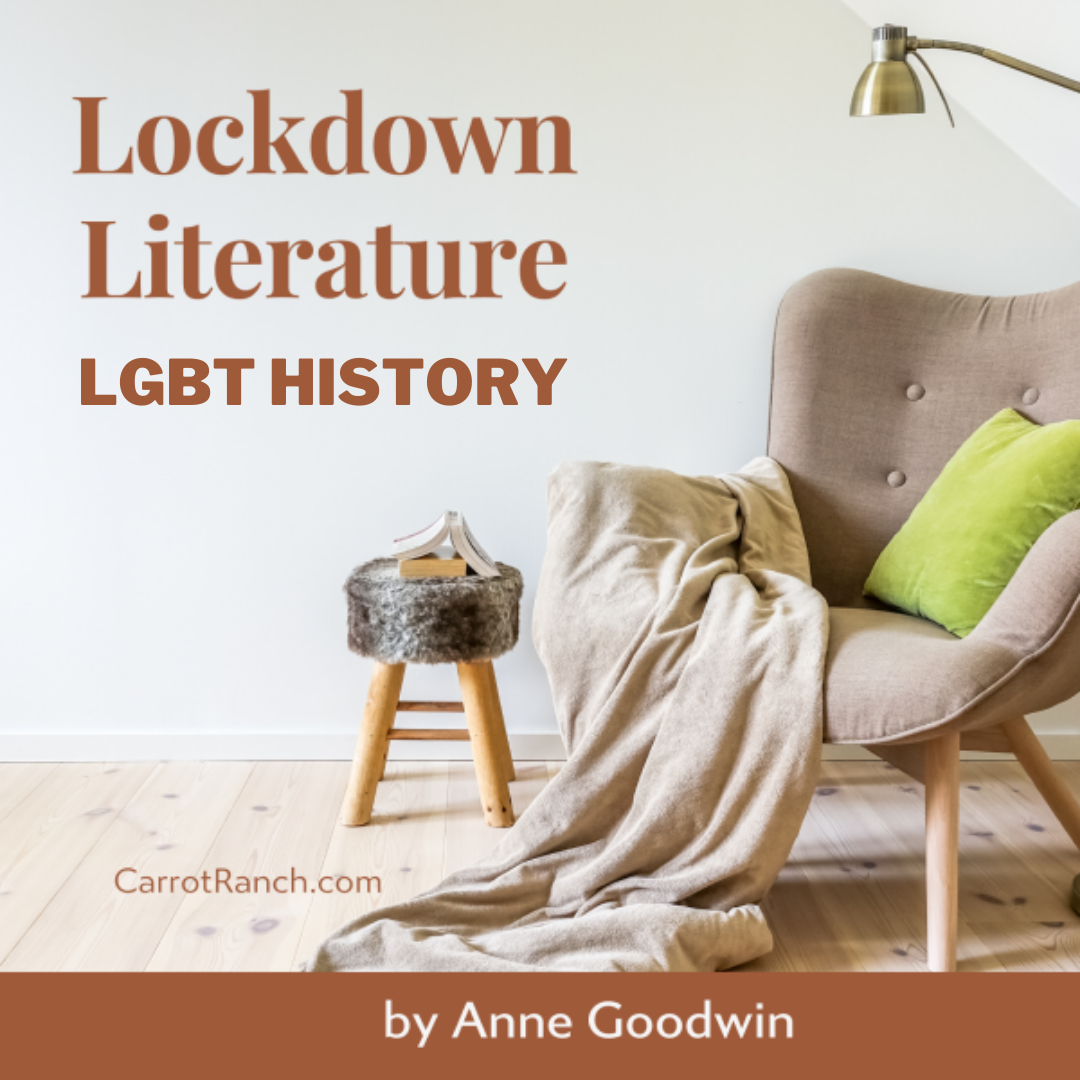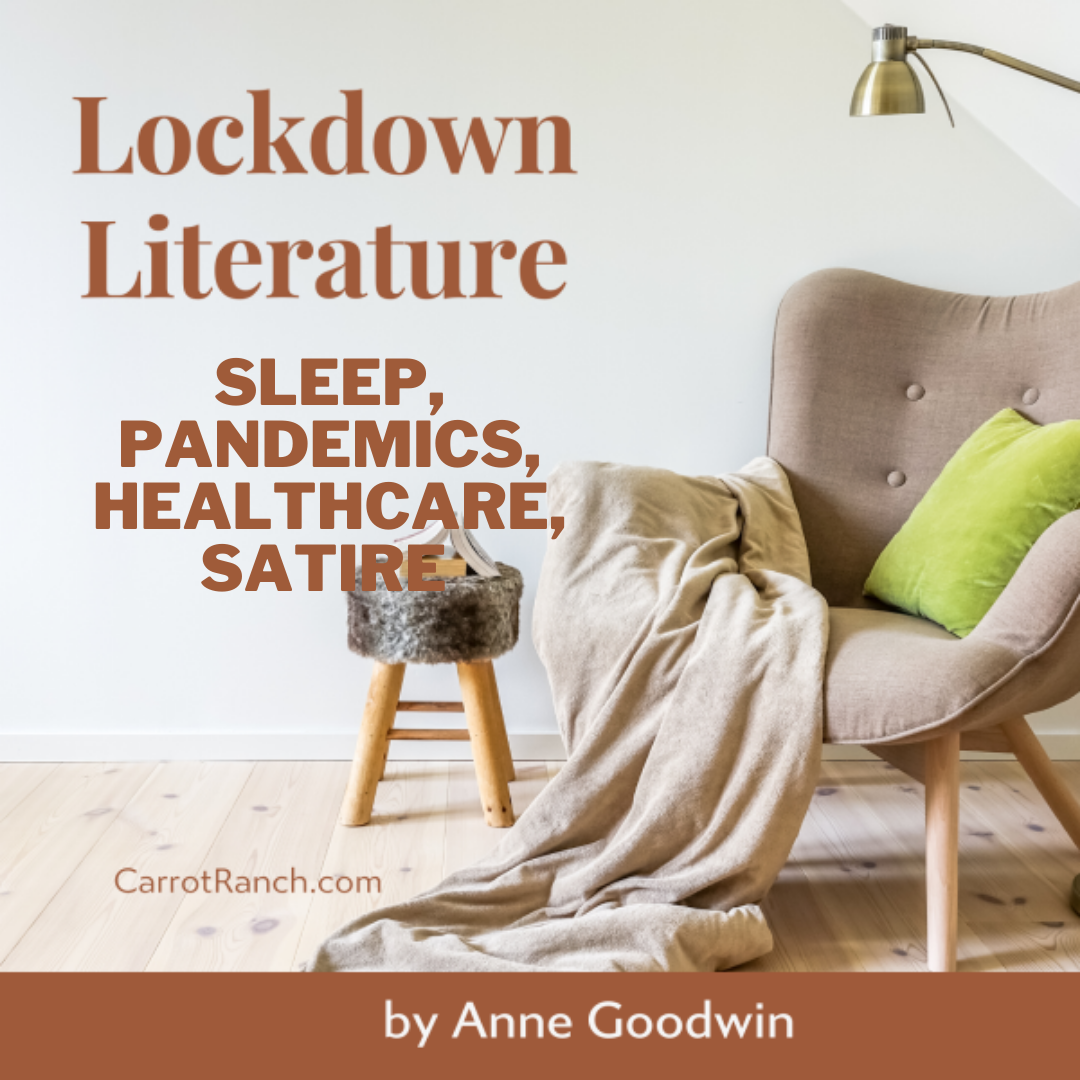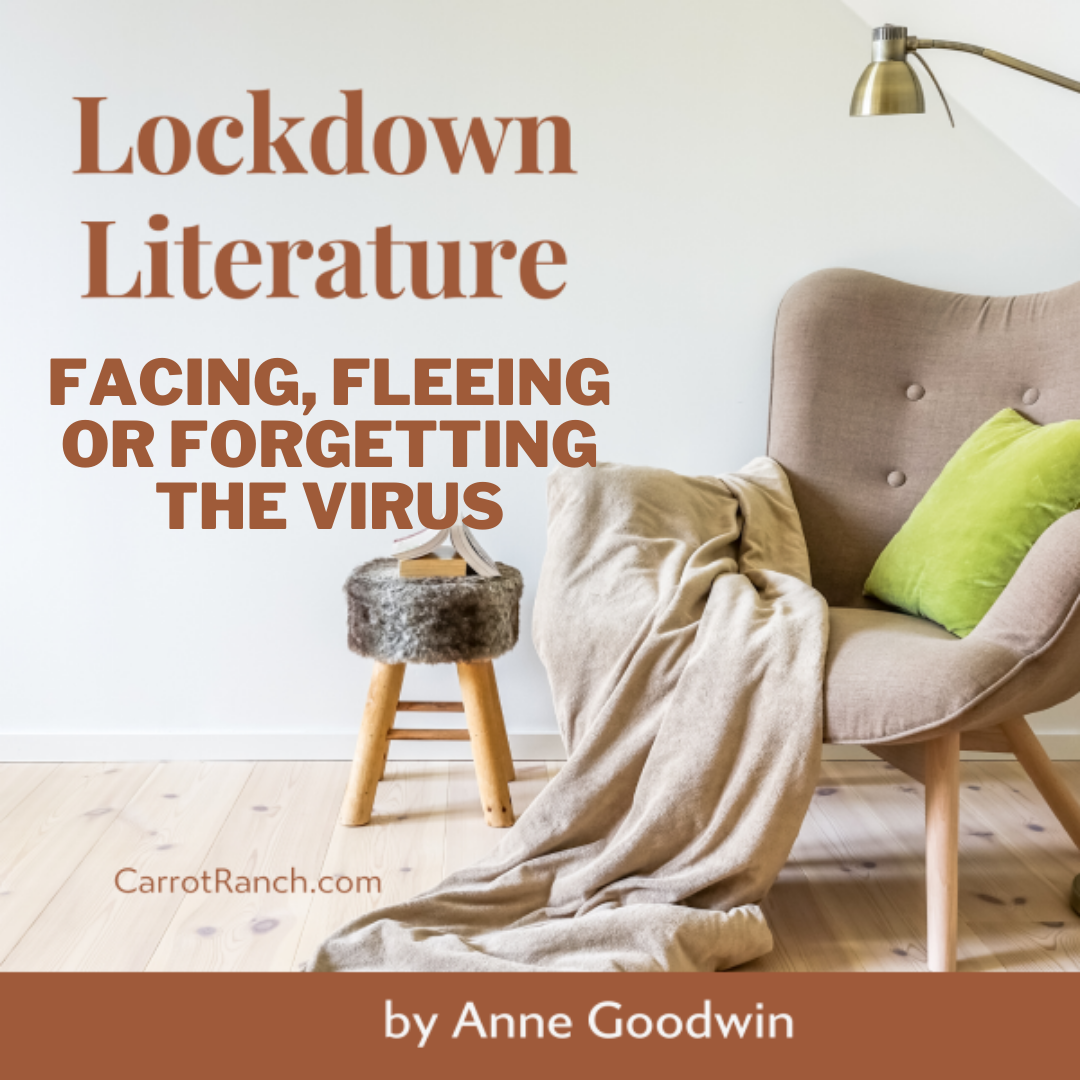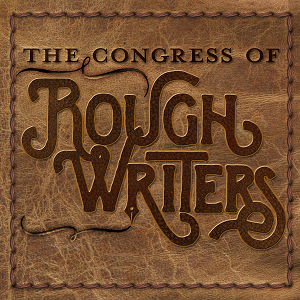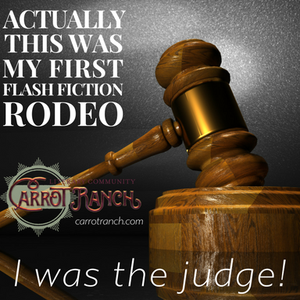| Fifteen-year-old Amanda is in a bad way. Unwilling or unable to leave her bedroom, unwashed and unloved, she sits on the grubby floor, pulling out the hairs from her head one by one. She has no need for relationships, no use for her mother except that she leave her meals and cigarettes outside the door. Curtains drawn, with little sense of time, her head is full of thoughts of how intolerable the world is as she relates the story of her own unhappy life. |
Barbara feels like she is one of these babies strewn across the ward, needing to hold onto the comfort of a mother. She feels her heart beating, and its rhythm, thump-thump-thumping away, makes her feel that she is being controlled from the inside out. You don’t live life, she thinks, life lives you … She’s nothing now but a receptacle for her husband to empty himself into or babies to be pulled out of.
Barbara copes through a fug of antidepressants and a cultural commandment to keep up appearances. Outside the home, Seamus is popular, despite the backdrop of racism, and seen as a hard-working family man. Inside, he switches from playmate to tyrant in an instant and soon Barbara and the boys dread him coming home. By the time Amanda is born, he’s beating them regularly. The girl doesn’t stand a chance.
Set some time in the 1970s/80s, the family receives occasional visits from the authorities but, even when Seamus almost beats the life out of Tommo, and Barbara flees with the children to a refuge, nothing changes much. At almost seven, Amanda is assessed by a psychologist, because, despite her obvious intelligence, she’s not learning, who appears to turn a blind eye to the bruises on her legs.
What’s most shocking for Amanda, and also for the reader, is that she’s so full of self-loathing, and her mother so ineffectual, that things don’t improve when Seamus finally abandons the family to return to Ireland. Her brothers left home at only sixteen, bullies make school unbearable and her father’s nastiness is fixed in her head.
The eponymous wacky man is not Amanda’s father (he would be whacky), nor the “shrink” she mentions in the first sentence, but the truant officer, who is actually a minor character in the novel. Likewise, the shrink – various shrinks – seems to serve the purpose, rather like Chris Edmonds in my debut novel, Sugar and Snails, of highlighting how well-meaning professionals can miss the point, leaving the child so much more vulnerable.
The Wacky Man is a well-written and disturbing novel that tells an authentic story of a girl failed by her family and society at large. I’m not sure, with such bleakness, I can truthfully say I enjoyed it, but it is a good read and it’s given me another fictional therapist to add to my growing list. Thanks to Legend Press for my review copy.
At the time that I was pulling together this review, Irene Waters posted another Times Past memoir prompt, on the contentious issue of punishment, thereby reviving my ambivalence towards memoir. Having also called in at a couple of stops on Lyn Farrell’s book launch blog tour, at Never Imitate and on Linda’s book bag, I was aware that The Wacky Man is based on her childhood. While I doubt even Seamus would consider his violence towards his family as legitimate punishment, I see his behaviour as an extreme form of an approach to discipline that was widely justified at the time I was growing up. While many parents would know how to stop themselves going too far, and many children would not be damaged by the odd slap, there’s something perverted about a society that condones acts of physical aggression towards its more vulnerable members.
My own memories are (perhaps tellingly) vague, but I don’t believe I was punished a great deal (although I do recall the indignity of, at seven years old, the entire class having to hold out our hands as the teacher went round and slapped us with a ruler in turn). But I wasn’t unaffected by the overall climate which led to me growing up timid, risk averse and hypervigilant to the moods of the powerful, such that I could read the minds of others better than my own.
Behavioural psychology clearly demonstrates that rewarding desired behaviours is more effective in bringing about change than punishing undesired behaviours. Even without that evidence, surely it’s crazy to think we can teach morality by hurting or humiliating people. So I can sum up my attitude to corporal punishment as simply Don’t!
Creative writing involves showing a situation and leaving the reader to take whatever message from it they wish. While it’s possible to guide the reader in a particular direction, if it’s too preachy they’ll give up. But I’m not prepared to bare my wounds if I can’t control how others see them.
Which, of course, I can’t.
I’ve got until the end of this month to decide if I want to turn that memory into memoir. But I think my only options are fiction and a rant.
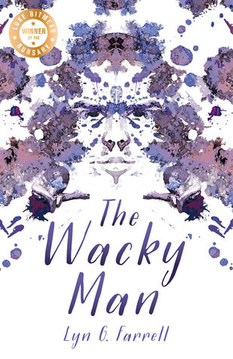
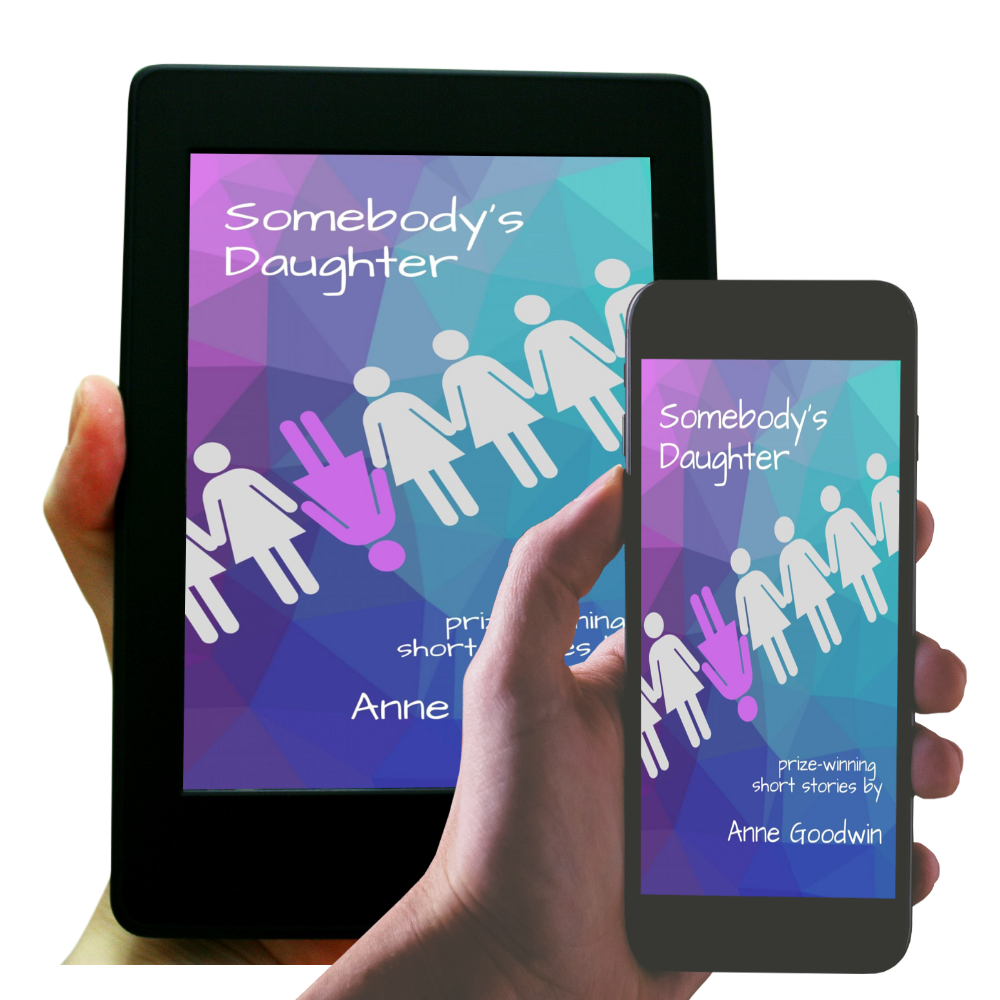
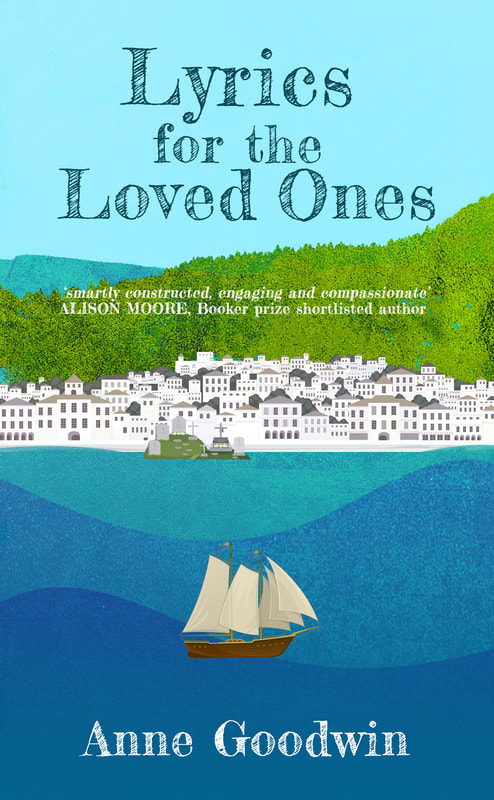
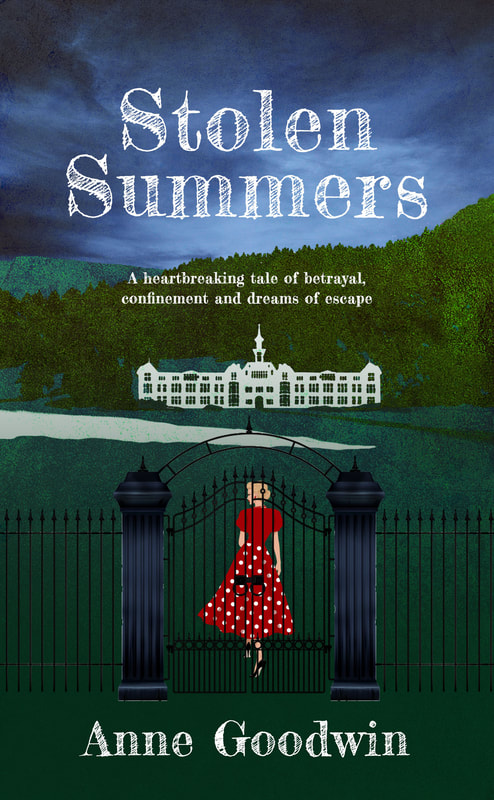





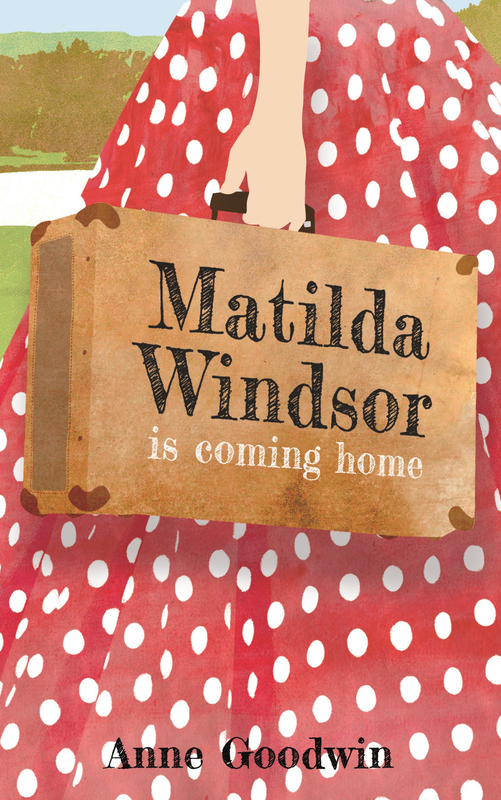
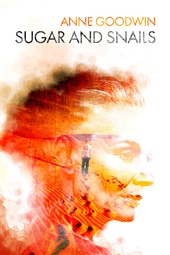

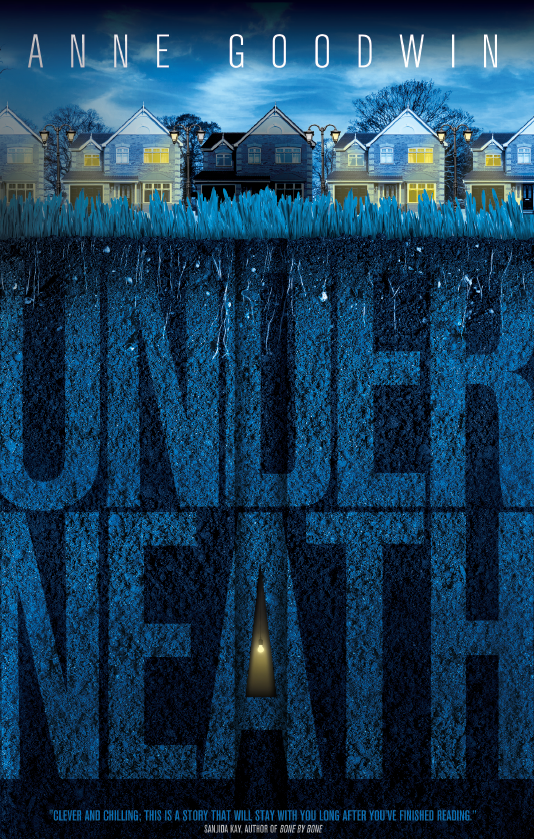
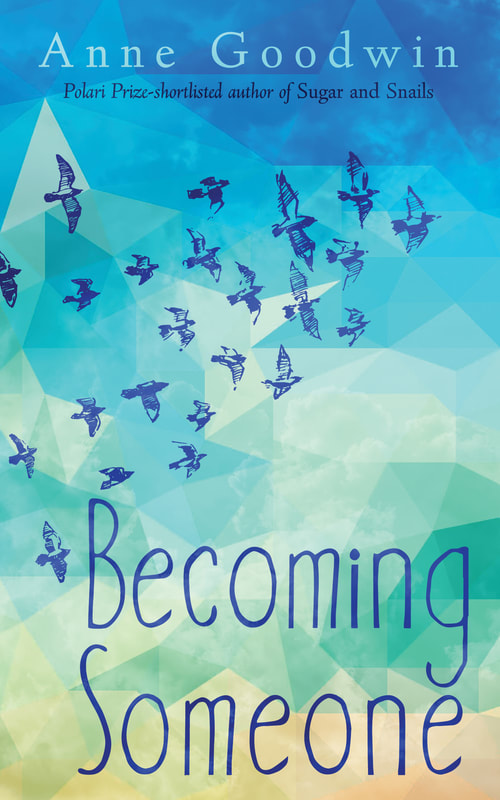






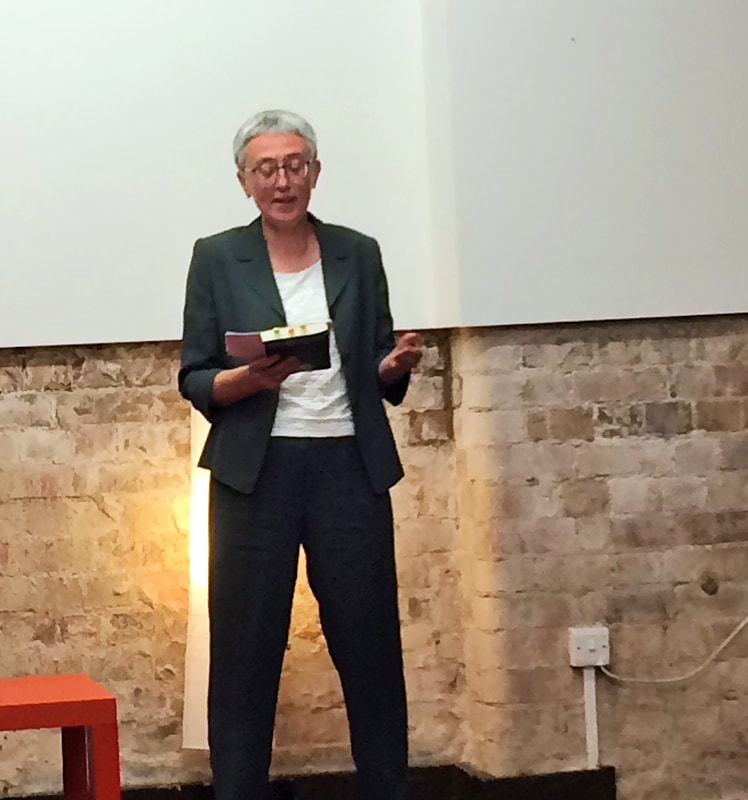

 RSS Feed
RSS Feed




